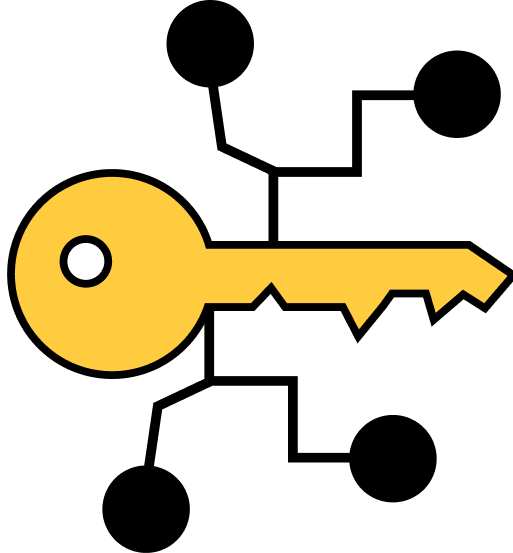DLT technology
DLT – distributed ledger technology – is a data storage technology, the main feature of which is the sharing and synchronization of information in accordance with a single consensus algorithm.
Contents
Description
DLT is a concept that is increasingly flashing outside the technical sector and is often identified with blockchain technology. This term has found application in bills, articles, publications of regulators, etc. In fact, blockchain is a special case of distributed ledger, but DLT technology is not always a blockchain.
Features
DLT system is characterized by the following features:
- The distribution of data without georeferencing equivalent copies.
- No single Central administrator.
- A distributed registry is maintained by nodes.
- To confirm the correctness of the data, all nodes must come to a consensus.
- The participants of the system are not united by any other agreements, except the rules of the network.
Varieties
There are 3 types of DLT depending on their availability.
- Open. They are open-source public protocols. In this case, anyone can join the system or run a node. BTC, ETH, DOGE, etc. are the examples of such protocols.
- Confederate. Such distributed registries operate under a limited group of people. Consensus is controlled by predefined nodes, such DLT are considered to be faster and more confidential. Examples: B3i, Corda, R3.
- Private. Such distributed registries cannot be considered as full-fledged DLT, because only centralized users have full rights in the network.
Where is used
DLT technology is quite diverse, which allows it to be used in a variety of activities. It is widespread in conjunction with cryptocurrencies, but in the future its scope of coverage will be significantly expanded due to the introduction of the national DLT-chains. Distributed registries are used to execute smart contracts and store various files in the Internet Protocol.














 Twitter
Twitter
 Telegram
Telegram
